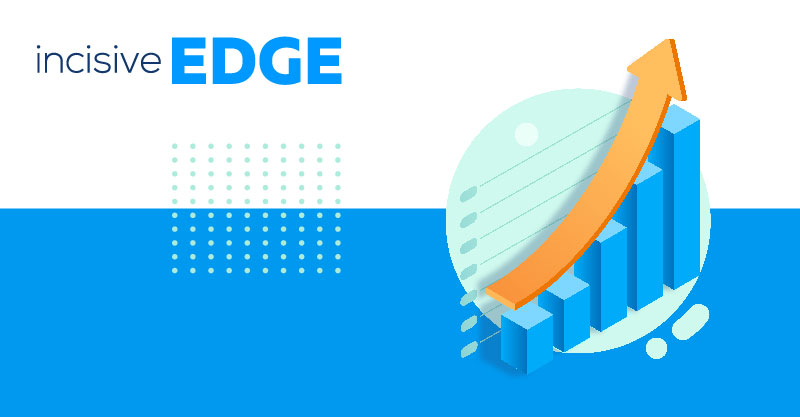If your FinTech Startup business is going to grow and thrive, rather than just survive, you have to have a great strategy in place for acquiring new customers.
A Fintech Customer acquisition strategy is a much trickier endeavour for a business in startup or scale-up than one from an established corporation. When they launch a new product, they know that their brand recognition will help put a spotlight on them and the customers that have been loyal to their brand in the past will be vocal advocates.
The goal is to be able to accomplish that with new customers too. Acquiring users and customers from other sectors that could transition into fintech will require a solid strategy.
You must start near enough from scratch, and you know that there are unique challenges in marketing FinTech products that aren’t necessarily present in other industries.
A 2013 article from The Huffington Post discussed how fickle consumers were nowadays, explaining that they’re far less likely to stay loyal to any one brand.
However, as you can see in the graph below, many respondents stated that one area where they would be most likely to remain loyal is their bank.
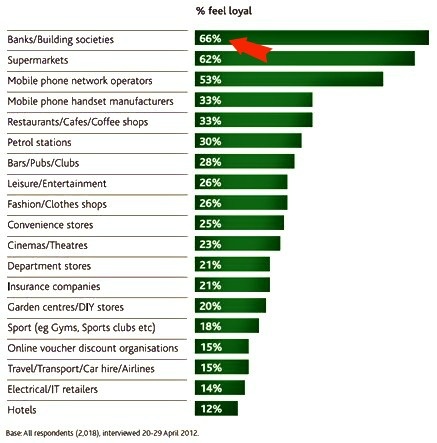
This isn’t great news for FinTech companies who rely on the dissatisfaction of consumers with traditional banking methods to coax them into trying new financial products.
It means that you're going to have to work especially hard to get their attention and keep them interested. Their customer experience will need to be great.
You’ve also got to contend with the fact that there’s more competition than ever in the financial services space, thanks to a massive boost in FinTech investment over the past couple of years.
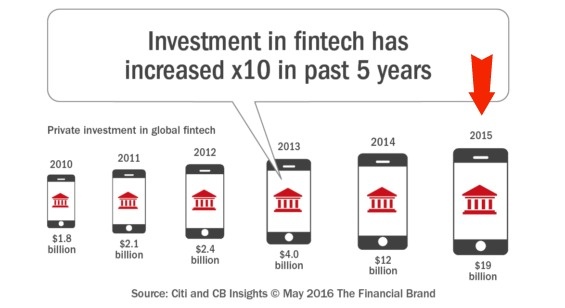
So how exactly should you go about FinTech customer acquisition?
1. Develop A Great Website
Your first port of call should be developing an attractive, clean, easy-to-navigate website that customers can visit to learn all about you and your business model.
Your website will absolutely become your most important asset (after the product, of course!) and as such, is not something that you should rush through. Careless mistakes at this stage can damage your credibility like no other.
If nothing else, make sure you’re describing your product and explaining its value in an honest and enthusiastic way and including up-to-date contact information so customers know that you’re available to discuss their needs and answer any questions.
Capturing contact details from potential customers who visit your site is imperative, so you need to be able to offer something in exchange.
The simplest way to do this is requesting email addresses for the purpose of sending newsletters and other updates, but if you have something more valuable, you can ask for more information. The more info you have, the better picture you’ll have of the potential customers that you’re attracting.
Atom Bank feature calls-to-action for downloading their app in the centre of their homepage, above the fold. This is a great location and they really stand out.

Using a tool like HotJar will allow you to track how visitors interact with your website. Looking at where they click should help you identify potential locations for CTAs like these. The more CTAs, the more opportunity there is to acquire a new customer.
Your website should also be hosting your blog and at least of couple of gated content offers, which is brings us onto...
2. Write Entertaining and Educational Content
Your content marketing strategy should be multichannel but if you’re going to focus on just one to get you started, it should be a blog.
Your blog is not a place for simply spouting constant promotional copy. You’re trying to draw in potential customers that could find value in your product, so you need to write posts that answer to the specific pain points of your ideal buyer persona. The views expressed in your blog must be a reflection of your brand, expertise, and mission.
Dopay is a cloud-based payroll service. They use their blog to target the needs and interests of business owners. As you can see from the screenshot below, almost every title references this.

When potential customers see this and, having read the post, feel more informed, they feel that you are uniquely equipped to understand them and their needs. As a result, they develop more confidence and trust in both your business and your product. That trust is fundamental for customers to adopt your financial products beyond early adopters and become committed, loyal customers.
Throughout the posts you should be referencing your own product, but not making it the centre piece. You should also be linking to other trusted resources that your reader could find useful. The higher the domain authority of that link source, the greater the benefits for your own site.
For especially valuable content, create a landing page and request information in return for the free download. From this, you can begin building your database.
3. SEO (Search Engine Optimisation) Is Essential
Once your blog is up and ready to go, you need to start adding your content that’s built around specific key terms that your ideal customers are searching for.
The aim is to get your website ranking highly on search engines when people input those key terms. You’re unlikely to get anywhere fast if you write all your blog posts around a generic or common phrase, or even worse, a single word.
[Quick Tip: Consider how you personally conduct online searches. On many occasions, we will input a question as the search term. You might have even searched something like, “how do I acquire FinTech customers?” and come across this post. Because of this, it can be a useful practice to use questions as blog titles and subheadings.]
Links are also an important part of SEO. Google’s algorithms mean that websites that have many external links (respected websites linking back to you) rank better in search results and help to increase your domain authority.
A great way to get these links and funnel in more traffic is to offer guest posts to other sites and link back to yourself.
SEO is an inordinately complex subject and could easily fill several blog posts of its own. At a glance, the below diagram from PPC.org will help you navigate your way around it.

4. Keep In Contact With Emails
Once you’ve attracted customers, you need to keep in contact with them and ensure that your product stays on their mind.
Anyone that has downloaded one of your gated content offers or signed up for updates will have given you, at the very least, an email address and a name. It’s up to you to use these to add even more value and highlight your product’s (many and varied) benefits.
You need to set up a database of these contacts and email out regular updates about your latest blog posts, changes with your company or FinTech product and new offers like free trials and ebooks.
Your emails should be attractive but not too flashy and you should be sending them a couple of times per week maximum. Any more than that and you risk being relegated to the dreaded spam folder.
And remember, always provide the option to unsubscribe and be diligent about removing these contacts from your database.
5. Get On Board With Social Media
Traditional banking institutions were slow to take up social, feeling that it was a frivolous activity and wouldn’t help them engage with their customers.
You shouldn’t make the same mistake.
Social is here to stay, and if you’re not active on at least one platform, you’re invisible.
Social media is where you get to show off your business’ personality, culture and values. It’s also where you’ll connect with all your potential customers. You can answer questions, share content (both created and aggregated by you) and get involved in discussions with your peers.
Monzo do a great job of communicating with their followers in a fun and engaging way on Twitter. They distance themselves from “stuffy” bankers by using emojis in their updates.

Paid media advertising on social media, particularly in the case of Facebook, can make a huge difference in the numbers that you’re reaching. You don’t have to spend an enormous amount of money to make an impact and the way that you can target your sponsored posts means that you’ll be getting access to more qualified leads.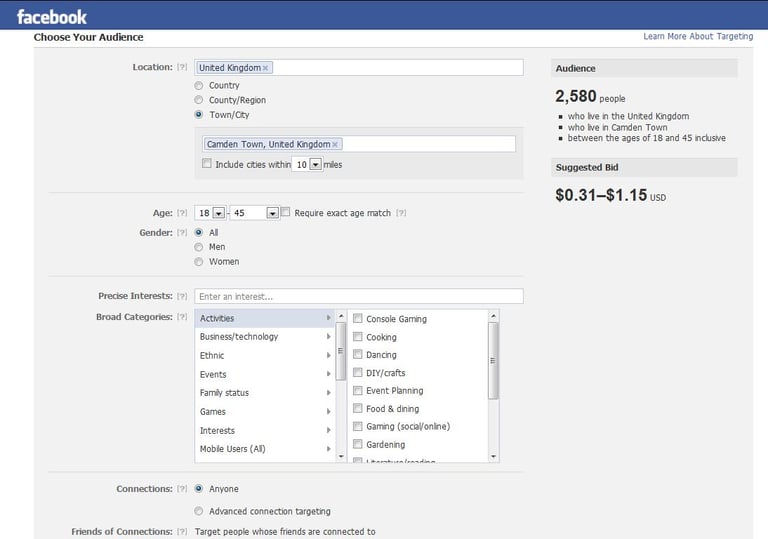
6. Analyse, Analyse, Analyse
Yes, it does need to be said three times.
If you’re not tracking everything you do, you will never know what’s working and what isn’t.
Maybe you have a huge database of contacts, and you happily send out your weekly newsletter feeling warm and fuzzy about all the wonderful potential FinTech customers you’re reaching. But when you look at the data, only a fraction of the emails are actually being opened.
Goodbye warm and fuzzy feeling.
It’s at this point you need to start switching things up. Change one thing at a time and see what the data tells you.
In this example, the first thing you should look at is the send frequency. Emailing too often and you risk annoying people, too rarely and they might just forget all about you.
With open rates, the key factor is the subject line. Try using more emotive language and being more specific. Using a tool like CoSchedule’s Headline Analyser will help you with this.
Marketing is more of a science than an art. Yes, it requires creativity to come up with fun and interesting content titles and innovative campaigns, but it takes cold hard math to turn that into a genuine return on investment.
We personally think using HubSpot is the best way of monitoring your marketing efforts. It has a really user-friendly interface and puts all your analytics in one place, meaning you don’t have to be signed up to loads of different tools. The screenshot below is of the social media section of HubSpot’s reports.
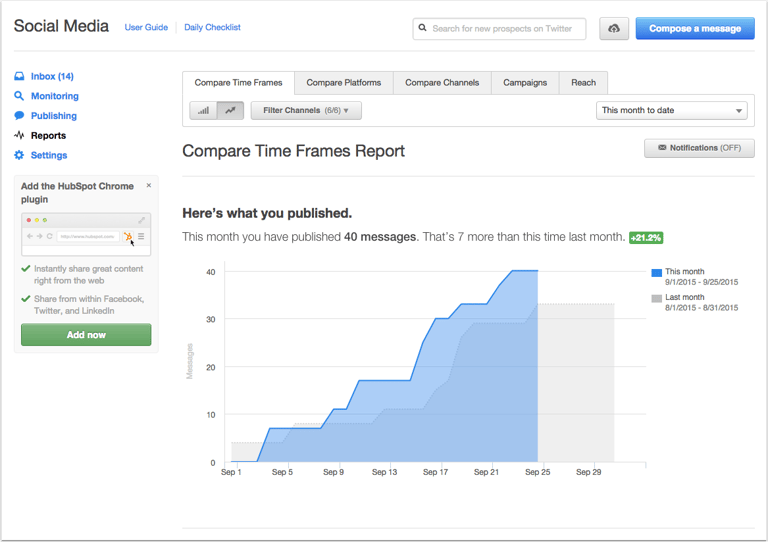
This applies to everything above. Your website, blog, social feeds and SEO efforts should always have a magnifying glass on them. If something isn’t quite working, don’t just slog it out and hope things will pick up. Try something new and see what happens!
Conclusion
FinTech customer or user acquisition is always going to be challenging, but by creating your strategy around the six practices above, you’re likely to see a massive boost in the numbers of new customers that you’re reaching.
Here’s the main takeaway: Provide value, be personable and keep an eye on the data. You’ll soon be reaching your goals.
If you want to learn more about creating your bespoke marketing strategy, book your mini or full, free consultation today. Just fill in the form on the sidebar.









